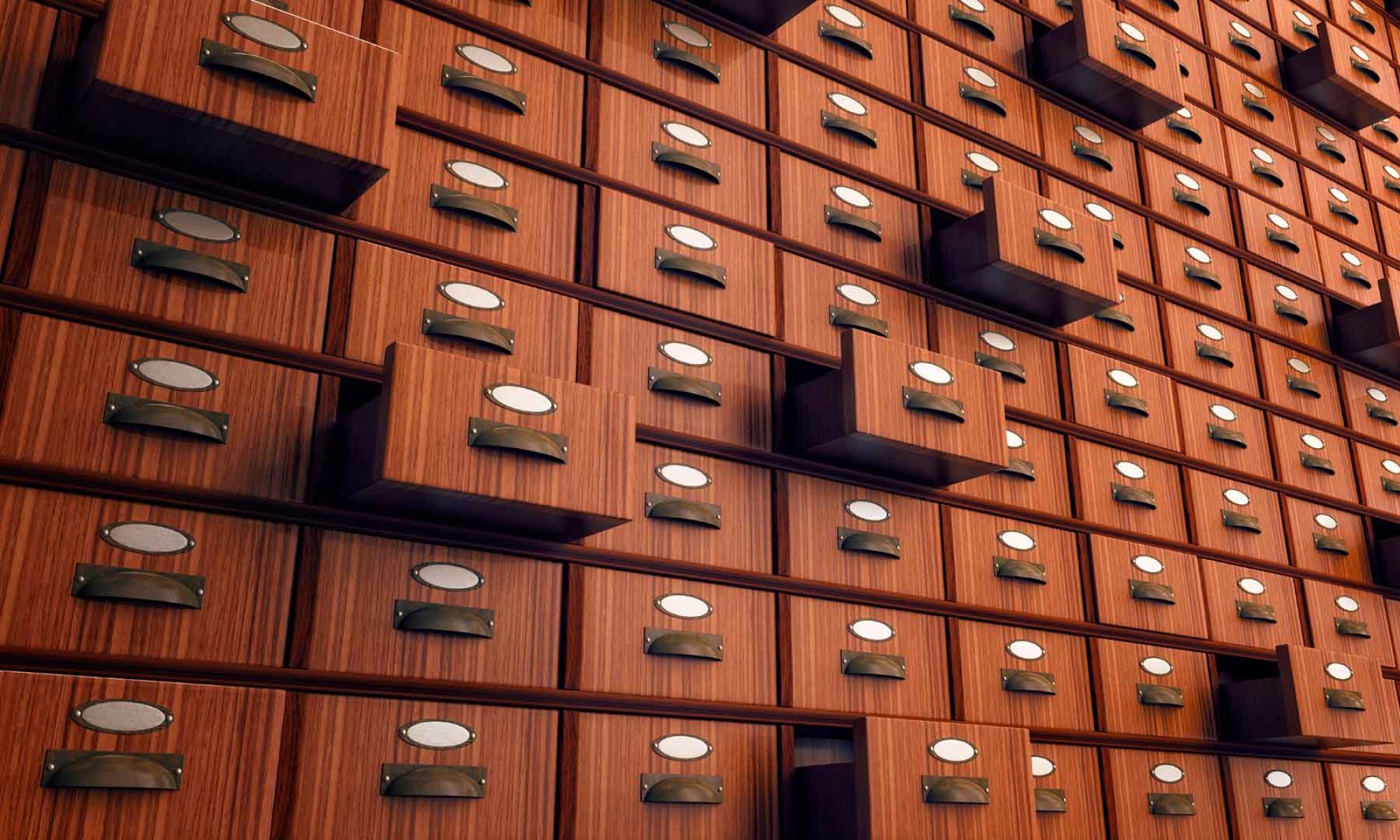If you have found yourself on the campus of UW-Whitewater, you have most likely encountered the hill at some point. As you climbed the hill you likely witnessed this:

And, did you possibly think, why is there a log cabin on campus?
The log cabin is not original to UW-Whitewater, although it has been on the campus for over 110 years. Originally, the log cabin was constructed in 1846 by Gulick Halverson in Richmond, Wisconsin. President Salisbury sought to bring the log cabin to campus to celebrate pioneer life and bring more history to the campus. In 1907 the log cabin was carefully taken apart and the pieces were brought to the university. Alumni raised funds to reconstruct the cabin during homecoming and the cabin was raised on the hill.
On November 27, 1907, the faculty held a housewarming party (or perhaps a cabin warming party?) to celebrate the completion of the log cabin. A formal supper was served, songs were sung, and stories were told well into the nights. Initially, the cabin served as an informal faculty clubhouse and students would often picnic nearby.
People in the community also utilized the log cabin as a meeting and gathering spot. Weddings, funerals, parties, and births were celebrated at the log cabin and it was feature for both the university and for the community. It also served a kind of museum for pioneer life, though in a somewhat informal manner. In the 1950s an inventory was taken of the cabin and over 100 items relating to pioneer life were found inside.
By the 1960s the log cabin was due for a face lift. In 1964 a second restoration of the cabin was completed by the Whitewater Historical Association. The log cabin today is padlocked and no longer the site of raucous faculty gatherings, but remains a prominent feature on the landscape of UW-Whitewater.
Reference: M. Janette Bohi, A History of Wisconsin State University Whitewater 1868-1968(Whitewater: Whitewater State University Foundation, 1967), 117-118.






